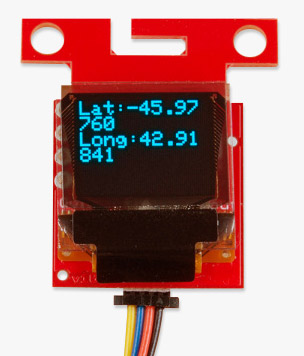When it comes to precision timing, atomic clocks are the only way to go. Of course for most of us, adding an atomic clock to our project can be a little cost prohibitive. (We had a small atomic clock on our website for a bit, and yes, even that one was well out of my project price range.) Luckily, most of us have constant access to atomic clocks -- every global positioning satellite carries multiple atomic clocks, all of which must be accurate to within just a few billionths of a second. Even the slightest variation beyond that could have catastrophic consequences on synchronized power grids, television, the internet, banking and digital signing, and a host of other important global functions.
While an in-depth explanation of why atomic clocks work and how they are able to maintain such accuracy could easily take a full semester’s worth of classes, if I skip things, like how to excite the electrons of a cesium atom to the point where it changes energy states, I should be able to give a very brief overview of high precision timing in about eight minutes.

Ready to get hands-on with GNSS?
We have a page just for you! We'll walk you through the basics of how GPS/GNSS works, the hardware needed, and project tutorials to get you started.
No comments:
Post a Comment